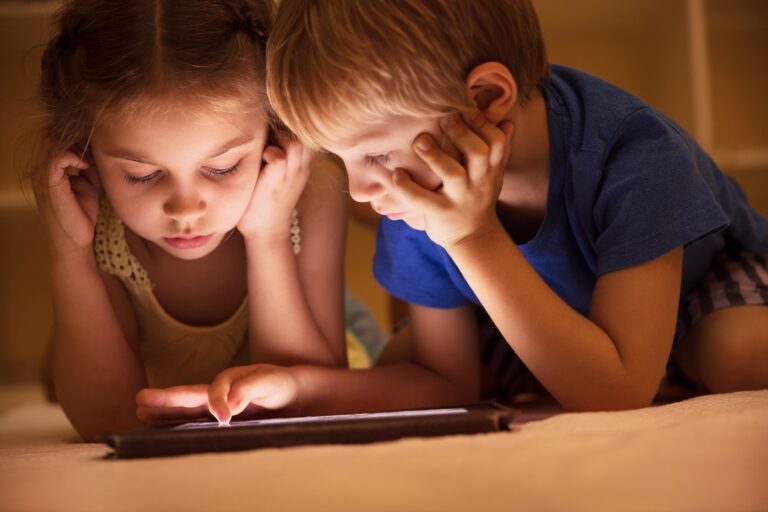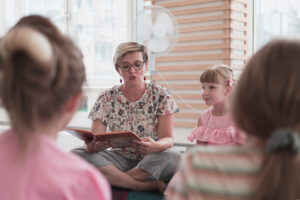In my journey through the evolving landscape of early childhood education, I’ve navigated the tricky waters of integrating technology into our learning environment.
Technology is a double-edged sword; it opens up a world of learning opportunities but also presents challenges, especially when it comes to screen time for our youngest learners.
Here’s how I’ve approached setting healthy boundaries around screen time, ensuring that technology serves as a tool for enhancement rather than a distraction.
Understanding the Impact of Screen Time
It’s crucial to start with a clear understanding of how screen time affects young children, both positively and negatively.
The Pros and Cons of Technology in Early Education
From what I’ve experienced, technology, when used appropriately, can significantly enhance learning experiences. However, excessive or unsupervised screen time can lead to issues with attention, sleep, and social skills. Striking the right balance has been my ongoing mission.
Recognizing Signs of Excessive Screen Time
I’ve noticed that children who exceed healthy screen time limits often show signs of restlessness, decreased interest in physical play, and sometimes even irritability. It’s been crucial to monitor these signs and adjust their exposure accordingly.
Strategies for Healthy Technology Use
Setting boundaries around screen time involves a mix of rules, engagement, and alternative activities.
Creating a Balanced Tech Plan
I’ve personally seen the benefits of having a clear, structured plan for technology use. This plan includes designated times for screen use, ensuring that technology complements our daily activities rather than dominating them.
Interactive and Educational Content Selection
I’ve found that choosing interactive and educational content has been my secret weapon. By selecting apps and programs that are engaging and developmentally appropriate, I ensure that screen time is productive and enriching.
Encouraging Screen-Free Play
Promoting activities that don’t involve screens has been crucial. I’ve introduced more hands-on learning activities, from art projects to outdoor exploration, encouraging children to engage with the world around them and each other.
Fostering a Healthy Relationship with Technology
Developing a positive approach to technology use from an early age sets the foundation for a healthy digital life.
Teaching Digital Literacy
In my work, I’ve begun teaching basic digital literacy skills, helping children understand how to navigate technology safely and responsibly. It’s about equipping them with the skills to make informed choices as they grow.
Role Modeling Responsible Use
I’ve gathered that children learn by example, so I’ve made a conscious effort to model responsible screen use.
This means being mindful of my own screen habits in the presence of children and discussing the choices I make around technology use.
Open Conversations About Technology
I’ve initiated open conversations about technology and its impact. By discussing how certain content makes us feel or why we limit screen time, I open the door for children to think critically about their screen use and its effects on their mood and behavior.
Reflecting and Adapting Our Approach
The digital landscape is constantly changing, requiring us to be flexible and responsive in our approaches to technology and screen time.
Regularly Reviewing Our Tech Plan
Through my adventures in childcare, I’ve learned the importance of regularly reviewing and adapting our technology plan.
As new research emerges and children’s needs evolve, so too must our strategies for integrating technology into their lives.
Collaborating with Educators and Specialists
In my journey in childcare, collaborating with fellow educators and specialists in child development has enriched our approach to managing screen time.
These collaborations have provided new perspectives and strategies, ensuring our approach remains current and evidence-based.
Final Thoughts
In my years of working with young children, navigating the balance between technology use and screen time has been an ongoing challenge but also an opportunity for innovation in how we teach and learn.
Setting healthy boundaries around screen time is not about limiting access to technology but about ensuring that our tech-savvy toddlers grow up to be thoughtful, engaged, and balanced individuals.
It’s about making technology work for us, not against us, in fostering a love of learning and a healthy, active lifestyle.












